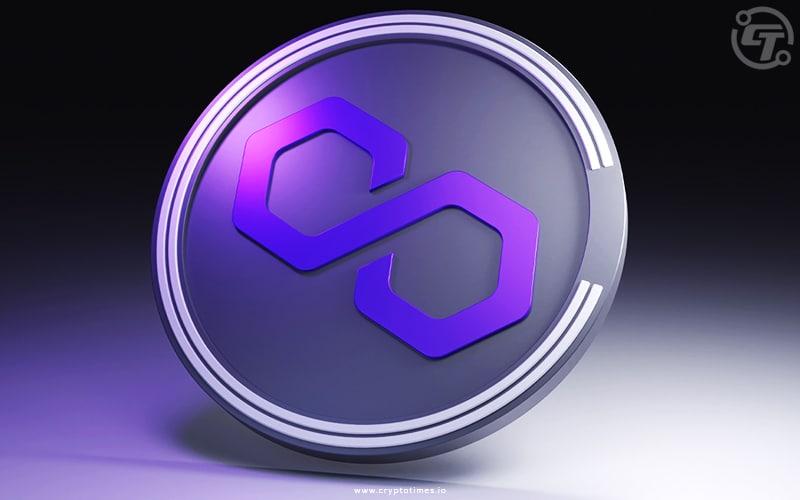The native token of Ethereum scaling platform Polygon, MATIC, rallied 16.4%, coinciding with the launch of the eagerly anticipated Polygon 2.0 test network Goreli on October 4th.
But positive momentum quickly evaporated amid concerns about slow adoption in Polygon’s zero-knowledge rollup (ZK-rollup) subnet and the exit of a founding team member.
In the week following the Goreli test net debut, MATIC erased its gains by plunging 10.6% up to Monday. The reversal wiped out the bullishness initially sparked by version 2.0 expectations.
Polygon 2.0 utilizes zero-knowledge (ZK) rollup technology to enable significantly faster and cheaper Ethereum transactions. The upgrade has been touted as a potential Ethereum scaling savior.
However, weak zkEVM adoption casts doubt on the success of scaling ambitions.
Additionally, co-founder Jaynti Kanani announced his departure from Polygon after 6 years, just prior to the test net launch. The exit of key initial talent may have shaken confidence.
While the Goreli test net release represented a milestone, traders may be realizing the actual rollout remains distant. Execution risks abound in getting ecosystems to use the new solutions.
MATIC’s price got ahead of itself, with the 16% spike too optimistic. The developments were likely already priced in ahead of announcements.
Now, MATIC trades nearly its pre-announcement level as enthusiasm wanes. But Polygon boasts strong developer traction, with over 7,000 decentralized apps.
If the layer 2 advancements can drive user activity closer to Ethereum levels, MATIC may still see the upside. But questions about the team’s ability to deliver remain.
MATIC seems caught between bullish scaling potential and blockchain release realities. But Polygon remains one of the most promising Ethereum sidechain stories if it can capitalize on innovations.
Also Read : Polygon Refutes Allegation of Transferring 6M MATIC Tokens on Binance






